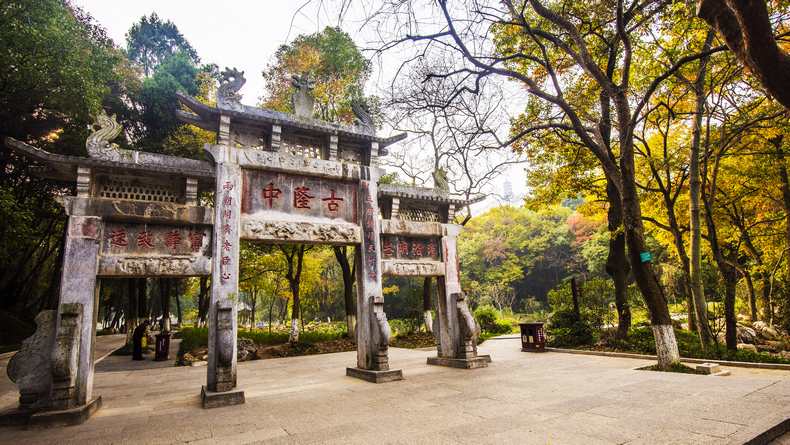XIANGYANG
- Source: 本站
- 08/17/2022 10:22
- 0 283

Situated in northwest Hubei, Xiangyang (formerly Xiangfan) nestles in the middle reaches of the Han River, which flows through and divides the city into northern and southern areas. Xiangyang is one of the oldest parts of China. Archaeological evidence has proved it to be a habitat for dispersers who filled up the land some 600,000 years ago. With a highly developed transportation network, Xiangyang has been an important hub where arterial roads abound since antiquity. It offers great facilitation to business activities and cultural exchanges between south and north China. As Xiangyang is easy to defend and hard to attack, it was a critical military area in ancient times. The military layout and defense system can still be seen in the Ancient Xiangyang City. More than 200 cultural sites of various periods have been preserved in the city. Zhuge Liang, an outstanding statesman and strategist in the Three Kingdoms period (220-280), once lived in seclusion in Xiangyang for ten years. Now his former residence in Longzhong Scenic Area, where Liu Bei, Guan Yu and Zhang Fei paid visits three times and marveled at his military counsel, has become a hot attraction. Beyond that, the city boasts of many gardens and ancient relic sites, including the city wall of Xiangyang, Migong Temple, Xi Jia Chi Garden, and the imitated architecture of the Tang Dynasty (618-907). Xiangyang was included as a top Chinese historical and cultural city by the State Council in December 1986.